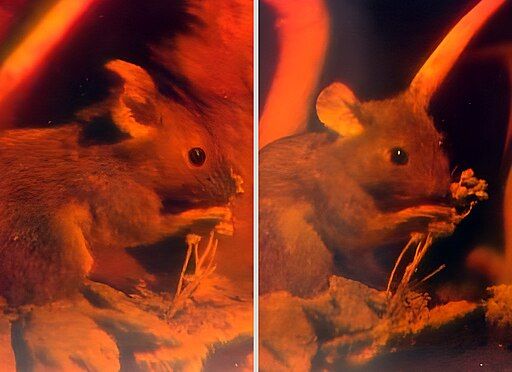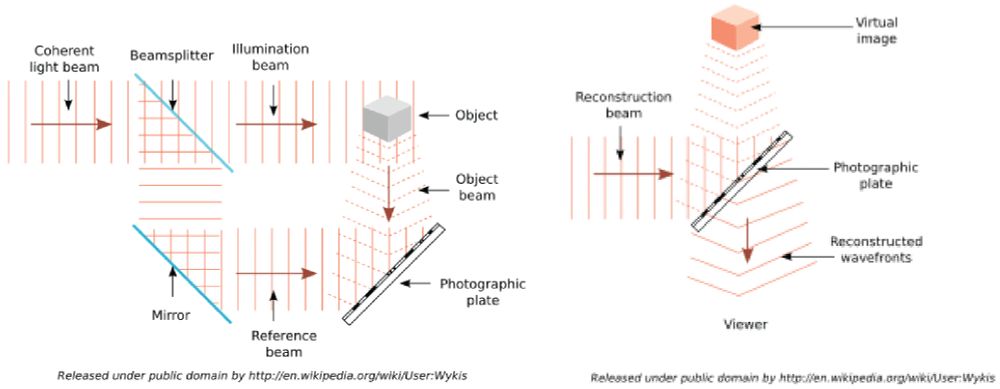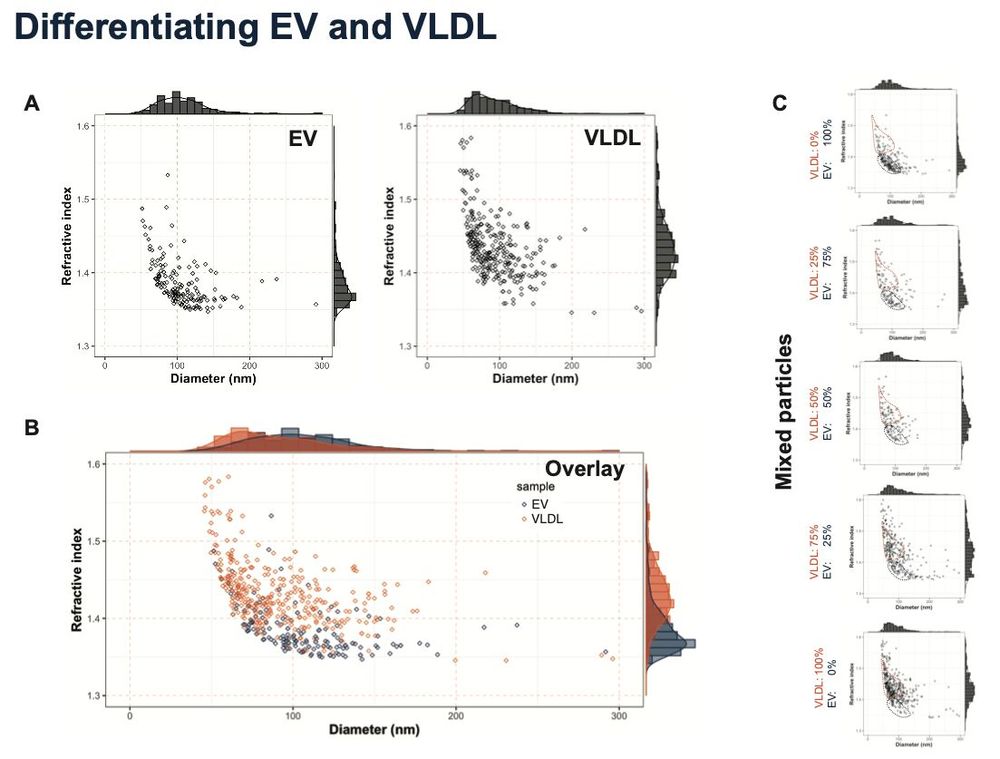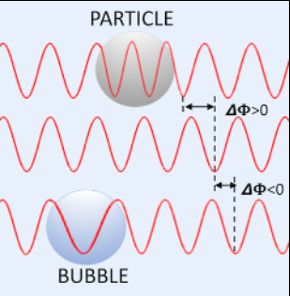
https://www.holtra.tech
Based in Gothenburg, Sweden
Here for all things nano, extracellular vesicle, #nanomedicine, #virus, #exosome, #EV, #LNP
learn more here: www.holtra.tech

learn more here: www.holtra.tech






holograms, like the Visa dove below, are very familiar. but what are they? Much like a recording of a sound, e.g. music, a hologram is a 3D “recording” of an illuminated object that can be replayed, even once the object is removed. But how are they created?

holograms, like the Visa dove below, are very familiar. but what are they? Much like a recording of a sound, e.g. music, a hologram is a 3D “recording” of an illuminated object that can be replayed, even once the object is removed. But how are they created?
And why are we so excited about it’s scientific potential?

And why are we so excited about it’s scientific potential?




DAISY is next generation nanoparticle tracking analysis!

DAISY is next generation nanoparticle tracking analysis!
sample is 415 nm silica beads
sample is 415 nm silica beads

